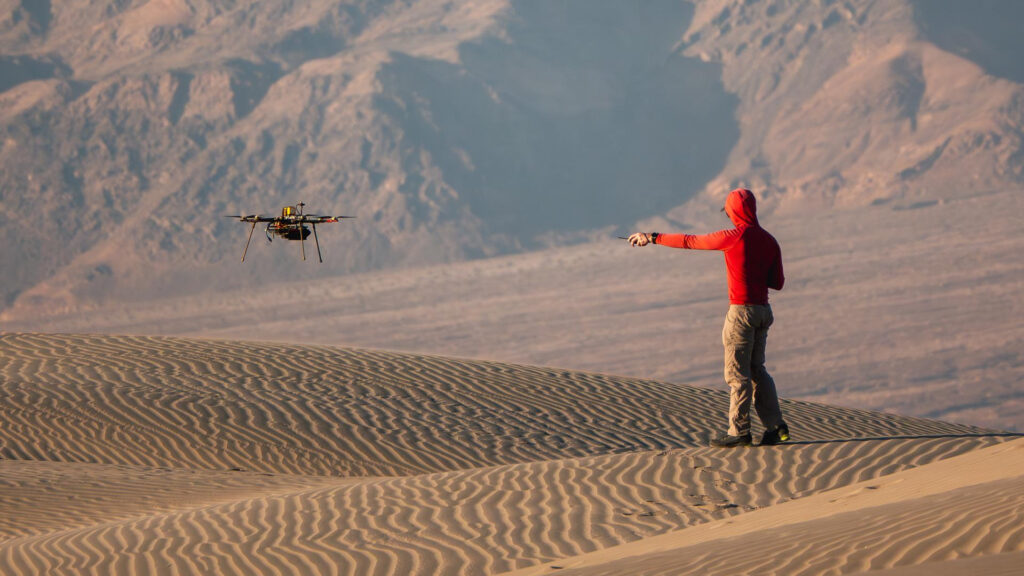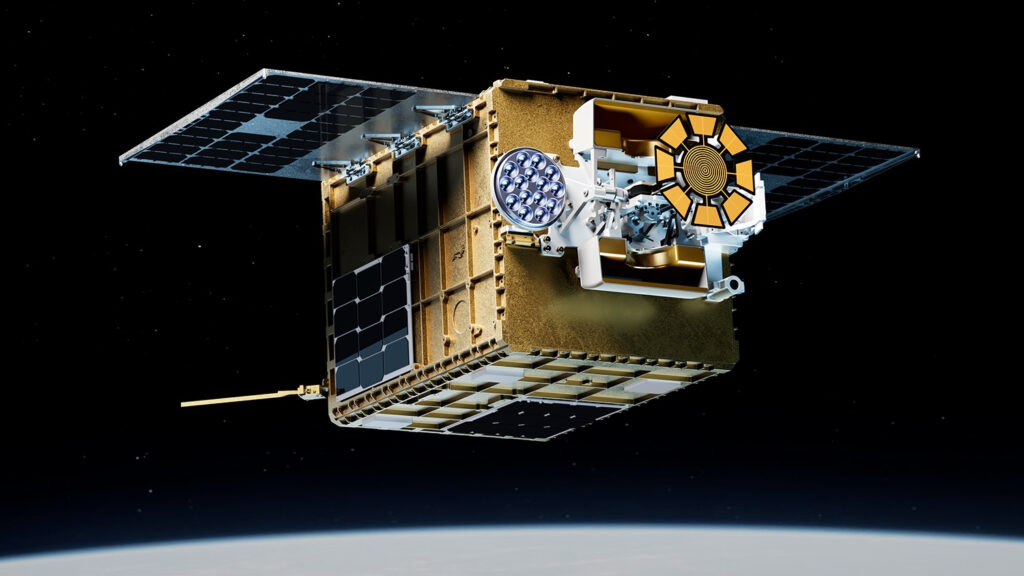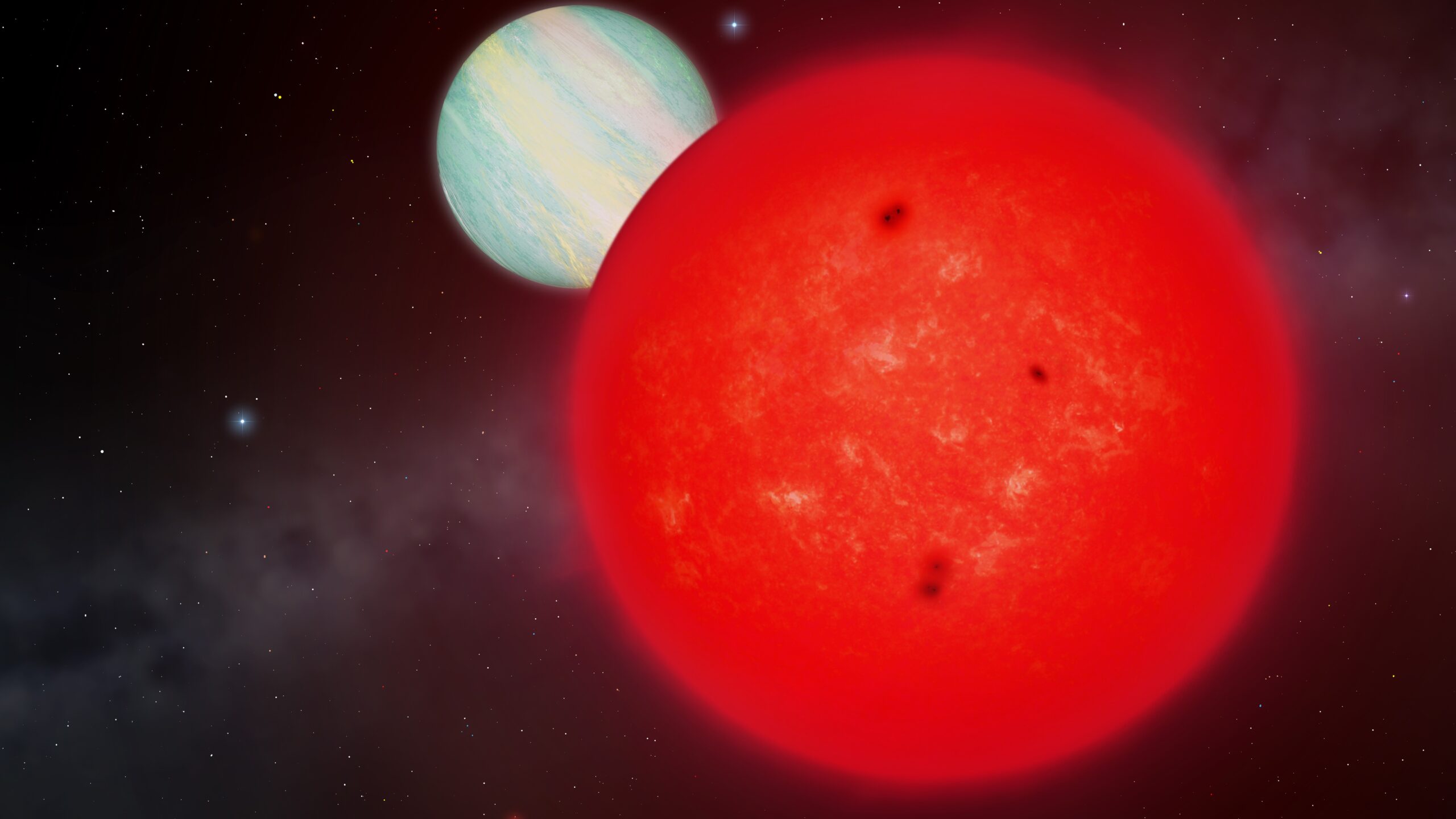Now Reading: ispace’s Resilience spacecraft lands on the moon this week: Here’s how to see the landing zone on the lunar surface
-
01
ispace’s Resilience spacecraft lands on the moon this week: Here’s how to see the landing zone on the lunar surface
ispace’s Resilience spacecraft lands on the moon this week: Here’s how to see the landing zone on the lunar surface
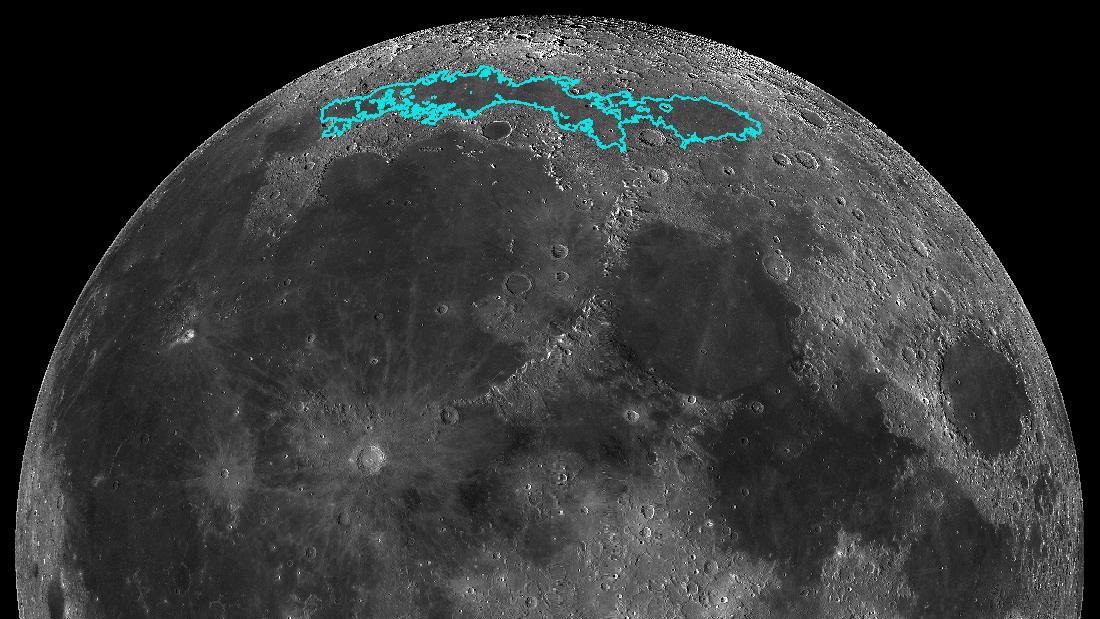
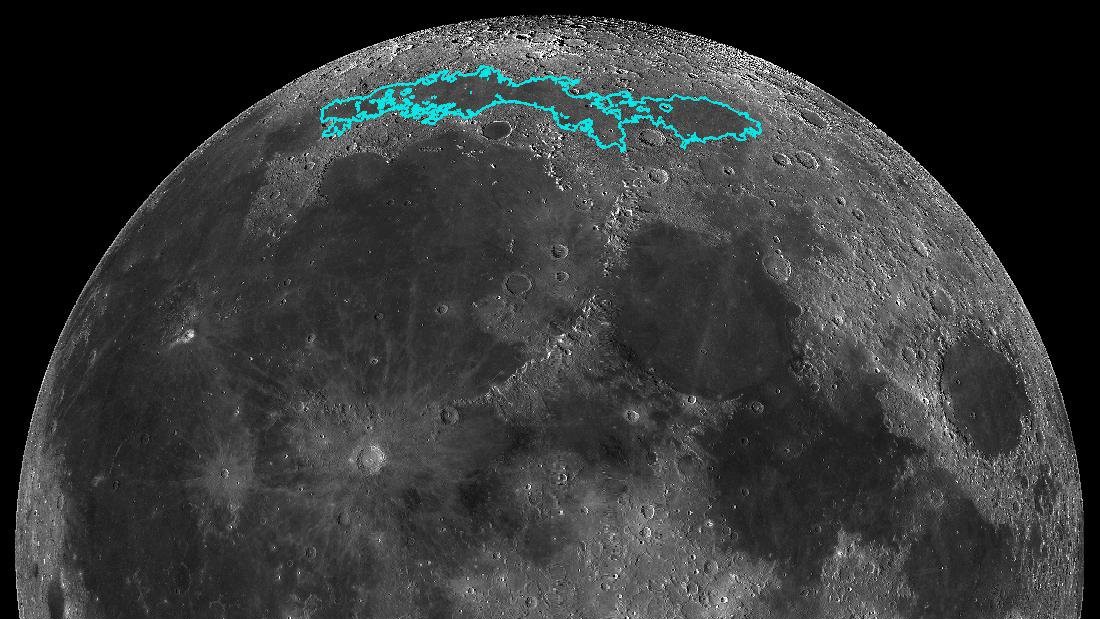
ISpace’s private Resilience Lander will attempt to touch down on the Mare Frigoris region of the moon‘s surface on June 5, at 3:17 p.m. EDT (1817 GMT). While you won’t be able to see the lander itself from Earth, you can spot its landing zone on the lunar surface — here’s how.
Mare Frigoris —Latin for the “Sea of Cold” — formed billions of years ago when lava flooded a colossal network of impact basins left behind by brutal asteroid strikes. These vast reservoirs of lava swiftly cooled to form dark scars on the lunar surface that we see today.
The Sea of Cold occupies an 18,000 square kilometer (6,950 square mile) swathe of the surface close to the moon’s north polar region, though its average depth of just 124 miles (200 km) can make it tricky to pick out with the naked eye. The Japanese-built Resilience lander is aiming to touch down 60.5 degrees north the the lunar equator, with a longitude of 4.6 degrees west, placing it close to Mare Frigoris center, according to the spacecraft’s creator ispace.
How to find the Resilience’s potential landing site
Resilience is far too small to be seen from Earth, but its approximate landing site on the lunar surface is easily identifiable, if you know where to look. In the nights surrounding June 5, look toward the southeastern sky — the moon will become more visible after sunset.
A pair of 10×50 binoculars will help you find the slender form of Mare Frigoris darkening the northern region of the moon’s surface, but a telescope with an aperture of 6 inches or more will help resolve smaller details and allow you to zero in on Resilience’s landing site.
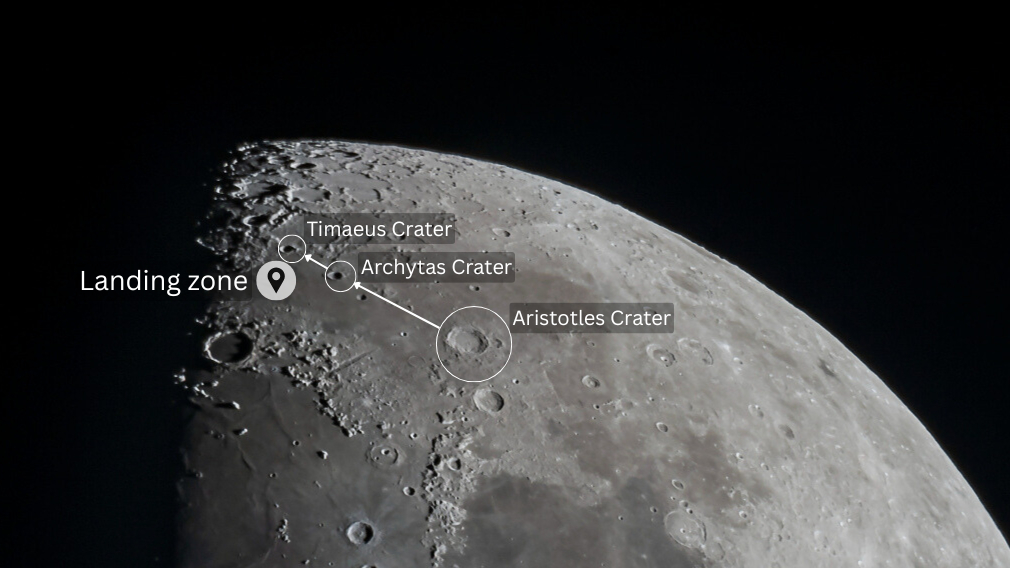
A good way to find the Resilience Lander’s forever home is to locate the Aristotles Crater, which sits above Mare Serenitatis on the southeastern shore of Mare Frigoris. From there, look to the northwest to find the Archytas Crater scarring the southern shore of Mare Frigoris and beyond that the similarly-sized Timaeus crater.
The Resilience Lander will set down in the area below Timaeus, to the left of Archytas, fairly close to the line dividing the dayside and nightside of the lunar surface, known as the terminator.
When and how to watch the Resilience lander attempt its lunar landing
The Resilience Lander is due to touch down on Thursday, June 5, at 3:17 p.m. EDT (1817 GMT), though the exact timing is subject to change based on operational conditions. A live stream of the event will be available here on Space.com, courtesy of ispace. from 2:10 p.m. EDT on June 5 (1810 GMT/3:10 a.m. JST on June 6), with both English and Japanese language versions available.
This will be the ispace’s second try at landing a spacecraft on the moon, following the unsuccessful landing attempt of the Japanese company’s Hakuto-R spacecraft in April 2023. The company has also selected three backup landing sites further to the west in Mare Frigoris, should conditions make the primary touch down site untenable.
Stay Informed With the Latest & Most Important News
Previous Post
Next Post
-
 012024 in Review: Highlights from NASA in Silicon Valley
012024 in Review: Highlights from NASA in Silicon Valley -
 02Panasonic Leica Summilux DG 15mm f/1.7 ASPH review
02Panasonic Leica Summilux DG 15mm f/1.7 ASPH review -
 03From Polymerization-Enabled Folding and Assembly to Chemical Evolution: Key Processes for Emergence of Functional Polymers in the Origin of Life
03From Polymerization-Enabled Folding and Assembly to Chemical Evolution: Key Processes for Emergence of Functional Polymers in the Origin of Life -
 04How New NASA, India Earth Satellite NISAR Will See Earth
04How New NASA, India Earth Satellite NISAR Will See Earth -
 05And Thus Begins A New Year For Life On Earth
05And Thus Begins A New Year For Life On Earth -
 06Astronomy Activation Ambassadors: A New Era
06Astronomy Activation Ambassadors: A New Era -
07SpaceX launch surge helps set new global launch record in 2024












